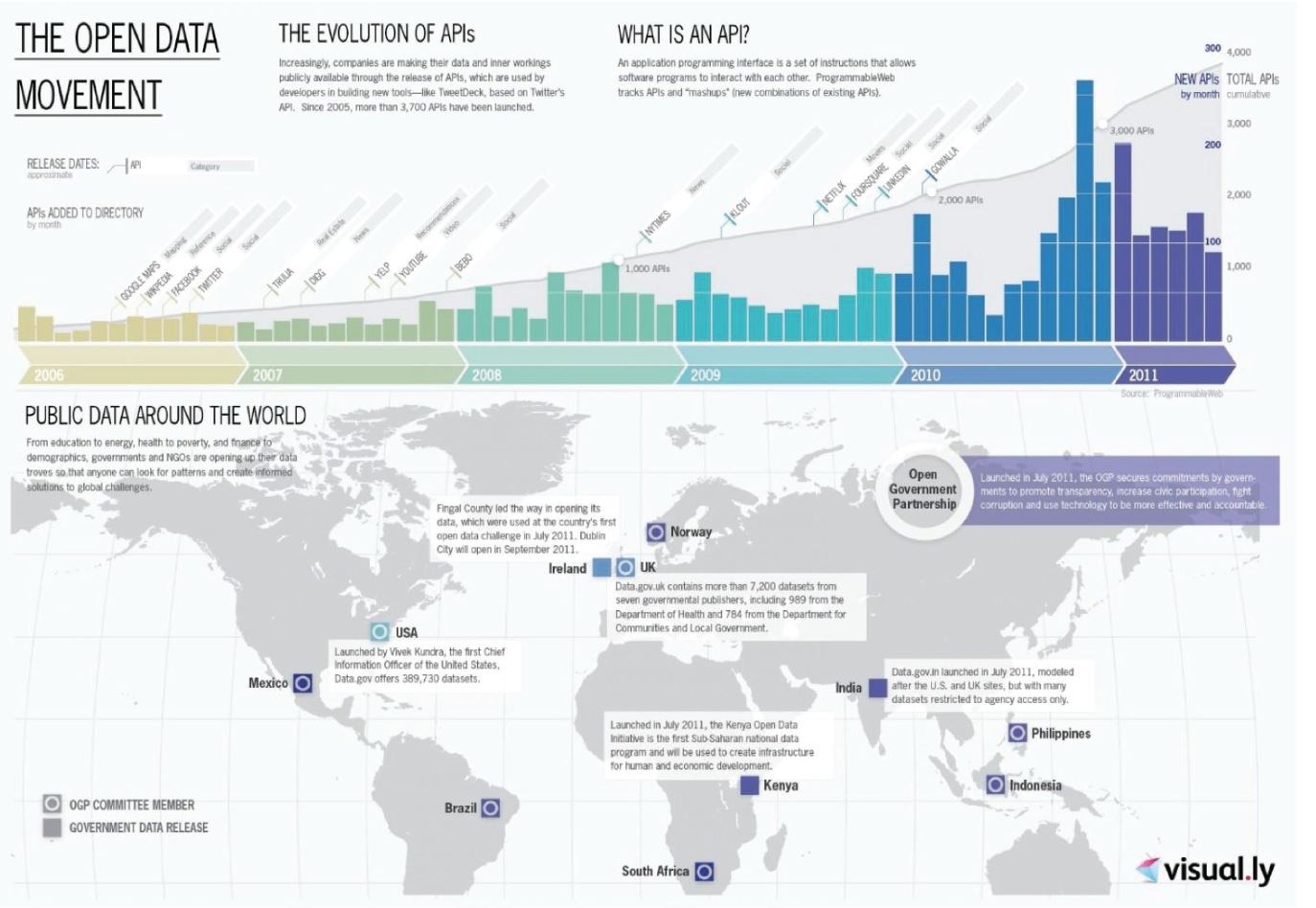TRANSPORTATION RESEARCH BOARD
Summary
In the past 5 years, more and more transit agencies have begun making schedule and realtime operational data available to the public. “Open data” provide opportunities for agencies to inform the public in a variety of ways about transit agency services.
The purpose of this synthesis is to document the current state of the practice and policies in the use of open data for improved transit planning, service quality, and customer information; the implications of open data and open documentation policies; and the impact of open data on transit agencies and the public and private sectors. The synthesis focuses on successful practices in open transit data policies, use, protocols, and licensing. A literature review and survey collected key information about open transit data. The survey was sent to 67 transit agencies around the world and had a 100% response rate. Of the 67 surveys received, three were from Canadian agencies and 14 from European agencies. U.S. responses represent agencies that carry a total of more than 5.4 billion passengers annually (annual unlinked trips), with U.S. agencies’ annual ridership ranging from 1.8 million (a county transit system in Florida) to 2.6 billion (Metropolitan Transportation Authority in New York City).
The background of open transit data in the United States is as follows. Prior to 1998, data generated by technologies deployed by public transit agencies were not made available to the public. In 1998, Bay Area Rapid Transit released schedule data in the comma-separated values (.csv) format; this was the first known release of transit data to the public. Tri-County Metropolitan Transportation District of Oregon (TriMet) worked with Google in the creation of General Transit Feed Specification (GTFS, originally developed by Google and containing static schedule information for transit agencies, including stop location, route geometrics, and stop times) in 2005. Massachusetts Bay Transportation Authority (MBTA) opened the agency’s data in 2009. As of April 2014, according to City-Go-Round, almost 29% of U.S. transit agencies provided open data. In 2003, the Digital Agenda for Europe, Public Service Information Directive was issued, requiring all European Union member states to release public sector information, including open public transport data. Many public transit agencies in the Asia-Pacific region are beginning to open their data as well, such as a recent initiative to combine and release the data from many public transit operators in Tokyo, Japan.
In addition, not only have public transit authorities benefited from providing open data, but the public, private, and independent sectors also have realized benefits. Transit authorities that have embraced transparency by providing open data have improved the perception and increased the visibility of transit. They also have been able to use the data they are releasing to the public to make internal improvements. The public now has access to many free applications that provide real-time and static transit information, which greatly facilitates travel using transit. Private businesses have been created or expanded to work with open transit data and have developed innovative applications that, in some cases, could not have been developed in a public agency. Finally, the independent sector, consisting of academic institutions and research and development organizations, has been instrumental in researching, analyzing, using, and promoting the creation and use of open transit data.
This synthesis examines and documents the state of the practice in open transit data using the following five elements:
- Characteristics of open transit data:
––Reasons for choosing to provide open data
–– Standards and protocols for providing open data
–– Underlying technology used to generate the open data - Legal and licensing issues and practices:
–– Legal and licensing issues
–– Public disclosure practices - Uses of open data:
–– Applications
–– Decision-support tools
–– Visualizations - Costs and benefits of providing open data
- Opportunities and challenges:
–– Techniques to engage users and reusers of data
–– Challenges associated with providing open data
–– Impacts on transit agencies and the public and private sectors.
Download full version (PDF): Open Data – Challenges and Opportunities for Transit Agencies
About the Transportation Research Board
www.trb.org
The mission of the Transportation Research Board is to provide leadership in transportation innovation and progress through research and information exchange, conducted within a setting that is objective, interdisciplinary, and multimodal.
Tags: National Academies, National Transportation Research Cooperative, Transportation Research Board, TRB, TRB of NA







 RSS Feed
RSS Feed